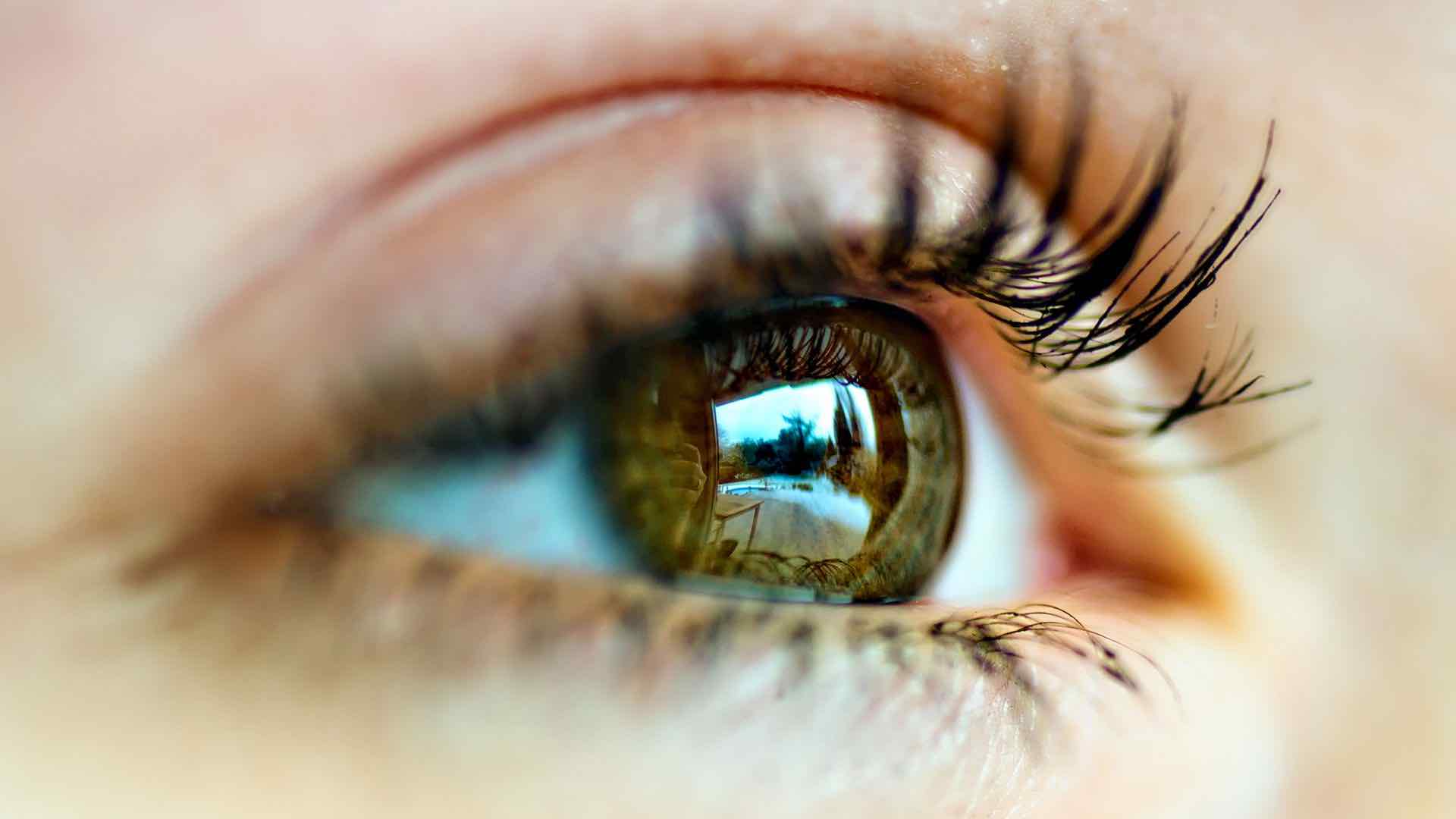Recovery Time After Vision Correction Surgery: Compare Your Options

If you are seeking freedom from dependence on glasses or contacts, it is important to learn about your options and choose the procedure that is best for you. Many people pursue vision correction surgery with a goal of simplifying their routine or enhancing an active lifestyle, so it makes sense that recovery time is a factor in the decision to have LASIK, PRK, or EVO Visian ICL Lens™. Our vision correction experts at SightMD in Rockville Centre explain what you can expect during recovery from different types of vision correction surgery.
Comparing LASIK, EVO Visian ICL, and PRK Recovery
The first thing to keep in mind is that every patient is unique and your individual experience with recovery after vision correction surgery may vary. You can increase your chances of a quick recovery and a good outcome by following all of your eye doctor’s postoperative instructions.
LASIK Recovery
LASIK laser vision correction surgery improves vision by reshaping the cornea. Immediately after surgery, patients often experience some discomfort, mild pain, and blurry vision; it is recommended that you take a few days off of work after LASIK.[1] Your LASIK surgeon will advise you to avoid certain activities, such as strenuous exercise or swimming, for several weeks after your procedure.
EVO Visian ICL Recovery
EVO Visian ICL Implantable Collamer® Lens is an innovative vision correction procedure in which a biocompatible lens is implanted in the eye through a small opening in the cornea. EVO Visian ICL can improve moderate to severe myopia (prescription between –3D and –20D for nearsightedness) with up to 4.0D of astigmatism. EVO Visian ICL is often an option for many patients who are not candidates for LASIK due to thin corneas, high level prescriptions, or dry eye concerns.
Recovery after EVO Visian ICL is typically quick, with most patients resuming regular activities within days after the procedure. Patients love that there is minimal downtime needed and, unlike LASIK or PRK, EVO Visian ICL can be removed by your doctor, if needed.
PRK Recovery
PRK (Photo-Refractive Keratectomy) is often seen as a traditional LASIK alternative because it can be performed on patients who cannot have LASIK due to thin corneas. Like LASIK, vision improvement is achieved by permanently reshaping the cornea. The difference is that instead of using a laser to create a flap in the cornea, PRK removes the outermost layer of the cornea. Patients are required to wear a bandage contact lens to protect the eye for 3-5 days while the tissue grows back, during which they will likely experience some discomfort, and they will need to use eye drops for up to a month after surgery.[2]
Important Safety Information
The Visian ICL and EVO Visian ICL lens is intended to correct/reduce nearsightedness between -3.0 up to -20.0 D and treat astigmatism from 1.0 D to 4.0 D. If you have nearsightedness within these ranges, Visian ICL and EVO Visian ICL surgery may improve your distance vision without eyeglasses or contact lenses. Because the Visian ICL and EVO Visian ICL corrects for distance vision, it does not eliminate the need for reading glasses, you may require them at some point, even if you have never worn them before. Since implantation of the Visian ICL and EVO Visian ICL is a surgical procedure, before considering Visian ICL and EVO Visian ICL surgery you should have a complete eye examination and talk with your eye care professional about Visian ICL and EVO Visian ICL surgery, especially the potential benefits, risks, and complications. You should discuss the time needed for healing after surgery. Complications, although rare, may include need for additional surgical procedures, inflammation, loss of cells from the back surface of the cornea, increase in eye pressure, and cataracts. You should NOT have Visian ICL and EVO Visian ICL surgery if your doctor determines that 1) the shape of your eye is not appropriate, 2) you do not meet the minimum endothelial cell density for your age at the time of implantation, or 3) your vision is not stable; or if you are pregnant or nursing.
[1] U.S. Food and Drug Administration. LASIK: What should I expect before, during, and after surgery? Available: https://www.fda.gov/medical-devices/lasik/what-should-i-expect-during-and-after-surgery#after Accessed March 29, 2021
[2] American Academy of Ophthalmology. What Is Photorefractive Keratectomy (PRK)? Available: https://www.aao.org/eye-health/treatments/photorefractive-keratectomy-prk Accessed March 29, 2021


